Learn With STEEM - Understanding Token Reduction & The Methods - #Burnsteem25
The term "token reduction" is well-known in the crypto ecosystem, and most of us are aware of it. This is a term that can be found in a number of different cryptocurrency projects. This basically refers to the method that crypto project team or developer employ to reduce the number of the project native tokens or coin.
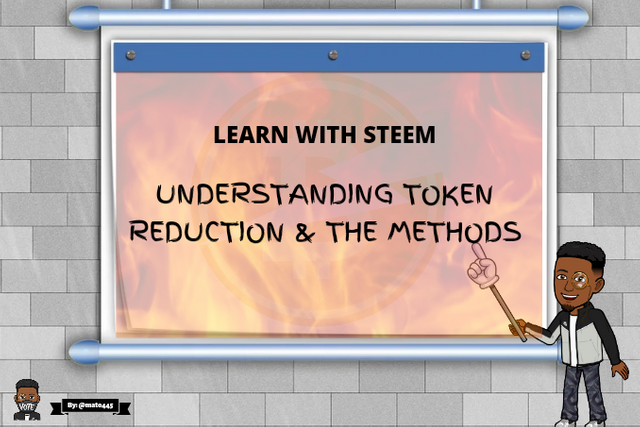
Today's article will mostly focus on the many strategies or techniques used by crypto developers to lessen the amount of coins or tokens in circulation, and I sincerely hope you will find it useful. But, before I go into details, I think it's important to understand why project team tends to reduce the number of tokens in circulation.
Why Reduce The Number Of Tokens?
There's no denying that the majority of today's leading cryptocurrency projects are those whose teams or developers have implemented one or more token reduction mechanisms or processes. A notable example is Bitcoin, which, despite being the first cryptocurrency with the highest market cap and value or worth, is performing exceptionally well thanks to the developers' use of a token reduction method; the same can be said for any other top cryptocurrency project.
The main reason for most cryptocurrency projects to use the token reduction approach is to increase the token's value. Token reduction reduces the supply of tokens, and it's worth remembering that "if a product becomes more rare with increasing demand, the commodity becomes more valuable," according to a fundamental law of economics. Because token reduction is constantly applied on Bitcoin, it is one of the main reasons why it is regarded as the most valuable asset in the world, we can also see that as it's has the highest market capitalization.
Another reason why some cryptocurrency projects use token reduction is that it helps to establish a sense of credibility in the project. Many investors will never invest in projects with a large number of tokens supply because they risk losing their money in the long run if there is no proper plan in place for token reduction. The more the supply the lower the value, rendering the token worthless, and I'm sure no investor would want to take that kind of risk in such token.
To summarize, token reduction serves to increase the value of tokens when used in cryptocurrency projects. When a token reduction strategy is used, it gives investors a sense of "safety" in any cryptocurrency project they invest in, as it allows them to make more money on their investments.
Different Ways/Method Of Reducing The Number Of Tokens?
Now let's look at some of the numerous ways that token reduction can be achieved, as well as some examples of projects that use these methods.
Halving
The most popular way/method of token reduction is Halving, which was first developed and used by the Bitcoin project. It simply means halving the quantity of available tokens. This means that if 10,000 tokens are created, token reduction by halving produces 5000 tokens (1,0000/2). This strategy of token reduction is typically done on a yearly basis, depending on the decision of the project's team or developers.
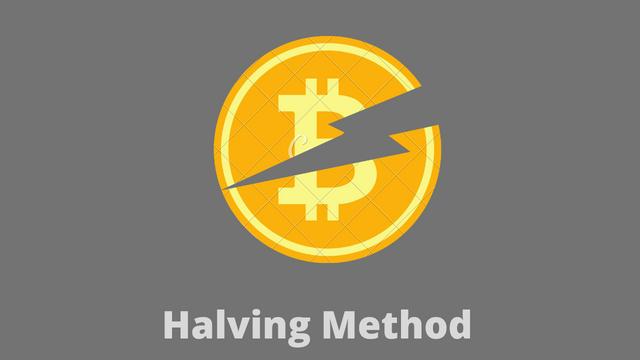
It's best to describe how Bitcoin halving works because it was first introduced by the Bitcoin project, and there's no doubt that Bitcoin has made this method of token reduction a prevalent method in the crypto world because it appears to work more efficiently on the Bitcoin network.
Bitcoin halving occurs every four years after every 210,000 blocks produced, implying that the block reward provided to Bitcoin miners for transaction processing is reduced in half, reducing the rate at which new bitcoins are put into circulation and making Bitcoin more scarce.
I'm sure you see how the miner rewards for Bitcoin were decreased from 50 BTC in 2009 to 25 BTC in 2012, then to 12.5 BTC in 2016, and now to 6.25 BTC in 2020 as part of the halving process; in 2024, it will be cut again. This has demonstrated that halving is one of the most effective methods used by crypto project developers in token reduction, as it helps to reduce token inflation and increases the coin's value.
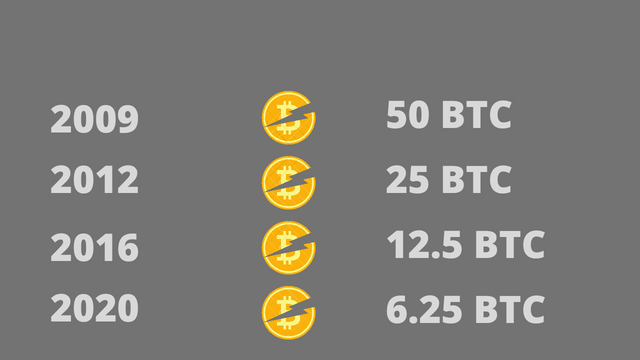
Despite the fact that the rate of crypto projects utilizing the halving way/method may appear to be lower than those using other reduction methods, it's amazing that some new and established projects are using the halving method. The following are some examples of crypto projects that use halving as a token reduction mechanism
Bitcoin (BTC)
Litecoin (LTC)
Dash (DASH)
Ravencoin (RVN)
Token Swap Ratio
Token swap ratio is another way for token reduction that is commonly used when a crypto project wants to migrate from its testnet to mainnet. It is also used when a token wants to switch its blockchain network from Ethereum chain to Binance chain or Polygon chain and vice versa.
Token swap ratio necessitates the creation of a new token in addition to the old or existing token. This means that for this strategy to work, the project will need two separate contract addresses (old and new) or two tokens. When the old tokens are no longer used by the crypto project, a new token is created in exchange for the old token, and the old token also helps to replace the new token as time passes.
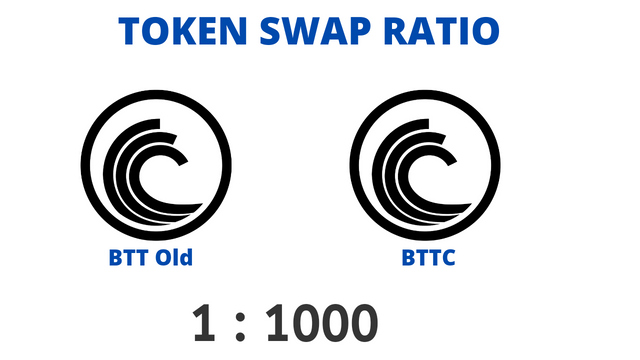
The key component of the token swap ratio is that the project team or developer determines the ratio of old to new tokens for a simple conversion process. It can be 1000:1, 1000:10, 100:10, 1000000:100, and so on, depending on the project developers' or team's decision. This method is commonly used in Token Migration, and it can be accomplished by either creating an automatic swap link that allows users to convert their old tokens into the new tokens, or it can be done automatically by exchange platforms based on an agreement between the team and the exchanges where the token is listed.
It can be seen that based on the swap ratio used, there's a good probability that people won't receive a large number of new tokens compared to old tokens, and in this situation, the new token supply has already been reduced compared to old tokens with a large supply.
It's also exciting to see that certain crypto projects have adopted this way of token reduction, which explains why some projects have moved from version 1 (v1) to version 2 (v2), despite the fact that this method is only recommended or intended to be used once. This method of token reduction was used by a number of crypto projects, including;
- Pundix (PUNDIX)
- Elrond (EGLD)
BitTorrent (BTT)
Safemoon (SFM)
Burning
When it comes to reducing the number of token, the most common method utilized by most cryptocurrency projects is Burning. It necessitates the creation of a unique wallet or address known as the burning address or wallet, which can only be used to receive the tokens intend to be burn and cannot be used for transactions. The amount of coins that need to be removed is then transfered to this wallet to be burned.
This simply means that the percentage or quantity of tokens to be burned is transferred to the burner account, implying that the percentage or quantity of tokens in the burner wallst has been burned automatically. This will result in reduction in the total number of tokens available.
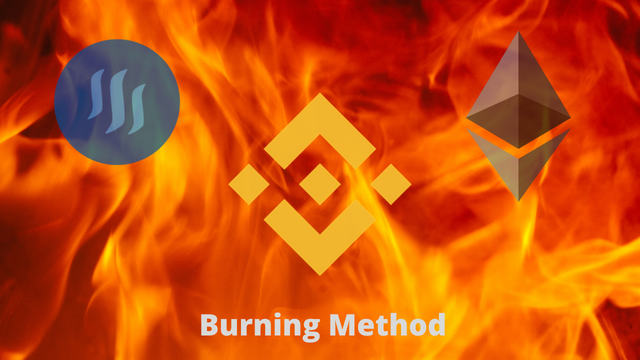
Token burn can happen at any time, based on the project developers or team's decisions or agreement. Some crypto project teams may decide to implement their token burn annually, while others may decide to so quarterly, as Binance Coin (BNB) does, and finally, some crypto project community or the holders of the tokens may decided to help reduce the token by burning their token willing. STEEM for example, users can help reduce the supply of STEEM by burning their rewards, this simple means setting the burn address (@null) 25% of the reward or simple sending their tokens to the address to burn and reduce the supply of the token.

Apart from BNB and STEEM, which use this method of token reduction, the following are some other crypto projects that use this method of token reduction:
Ethereum (ETH)
Shiba (SHIB)
Stellar Coin (XLM)
The Good Thing About Token Reduction
Burning a token reduces the token's supply, which is one of the most effective solutions to increase the token's value.
When a token is burned, it is automatically removed from circulation, implying that the token supply is being reduced.
The value or price of a token is calculated by dividing the market capitalization of the token by the number of tokens in circulation. Let's have a look at the STEEM token now.
As of this writing, there are 394,951,699.00 million STEEM in circulation, with a market cap of $102,762,296.
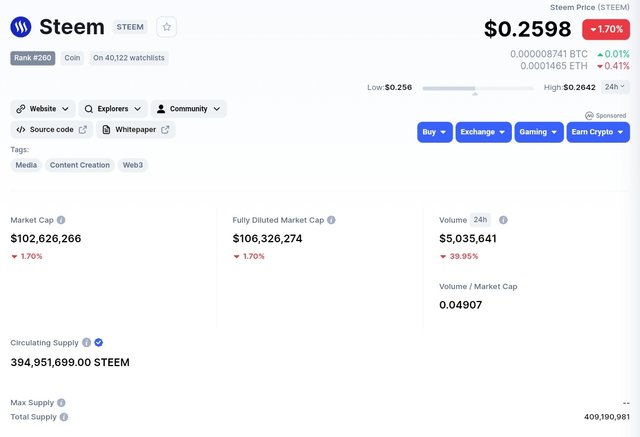
To get the STEEM price, divide the Market Capitalization ($102,762,296) by the Circulating Supply (394,951,699.00)
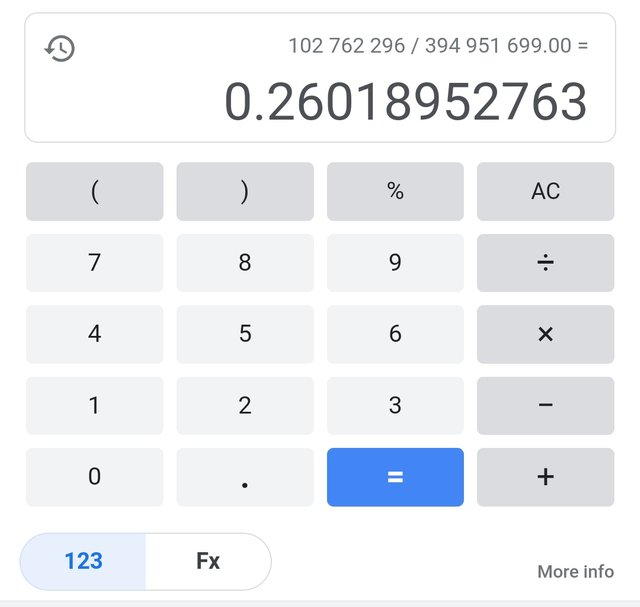
The current price of STEEM= $0.260
Looking at the example above, if the numbers of STEEM tokens is reduced by burning, then the price of STEEM will definitely increases.
In summary, the lower the amount of STEEM in circulation, the higher the value of STEEM.
Conclusion
Reducing the number of tokens has many benefits, as it helps to reduce the token supply, thereby increasing the value in the long run. The methods I've discussed are based on research, and these are the three methods I was able to find and write about. If you know of another method of token reduction used by crypto project developers and teams, please share it in the comments section so that we can all learn from it.
Brother gave a lot of beautiful information. He wrote these words at a very young age. I learned a lot through this post.
You have really devoted quality time in making this post and have also explained why Steem burn is very necessary. Your post is rich in content and I hope you get rewarded for your efforts.
Thank you brr
I sincerely hope so, and I thank you for taking the time to read my post.
Thank you for contributing to #LearnWithSteem theme. This post has been upvoted by @Reminiscence01 using @steemcurator09 account. We encourage you to keep publishing quality and original content in the Steemit ecosystem to earn support for your content.
Regards,
Team #Sevengers
Thank you @reminiscence01
Wow this is a wonderful explanation I am glad I read this article which cover almost all areas about reduction and how it affect token price. Thank you for sharing good job 👍
I'm glad you've found my content useful... Thank you for visiting
You have done a great explanation for Token Reduction and you have highlighted each important point. Thank you very much for providing such a valuable article here.
Thank you for visiting
https://twitter.com/Matthew08450011/status/1533718109793579008?s=20&t=psM-iifXzcbjVYMGEC6jwg
You have done well to have explained this topic to us. Good work
You have done quite well in this article. I have learnt one or two things from it. Thank you